
Peoples and Languages
Social Media
Leave comments, suggestions, keep an eye on news in our groups on VK, Odnoklassniki and Telegram channel
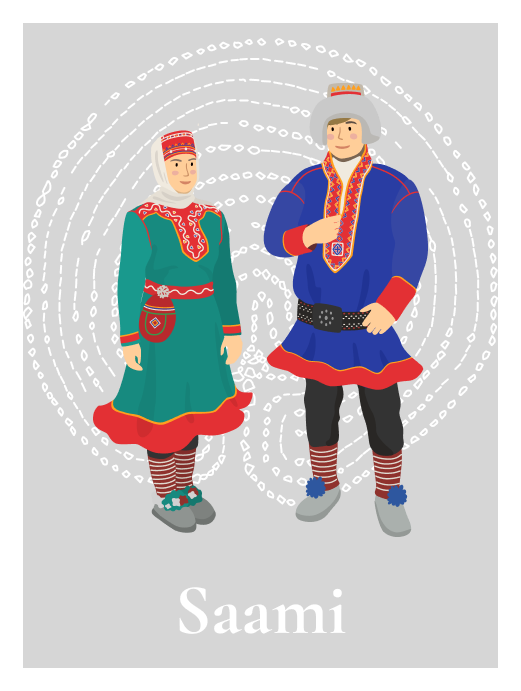
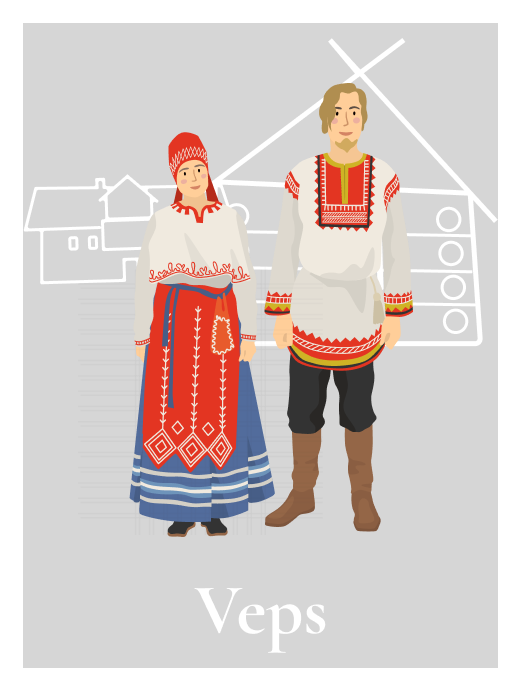
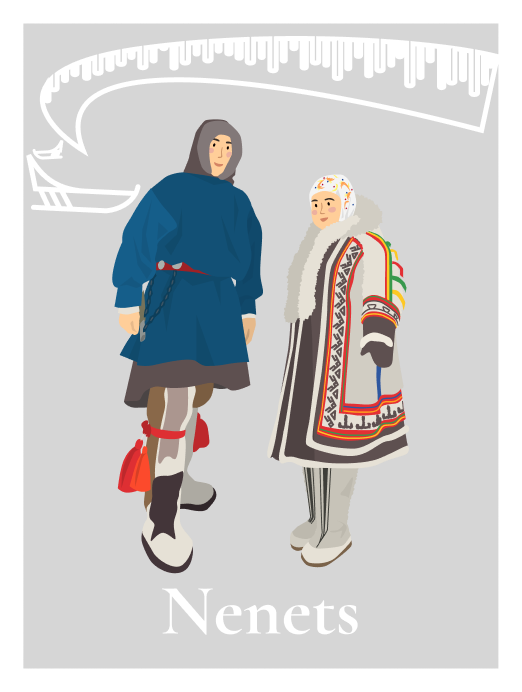
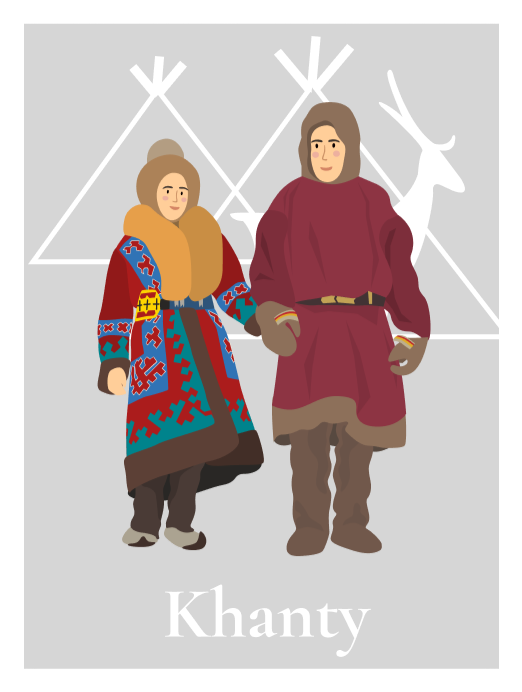
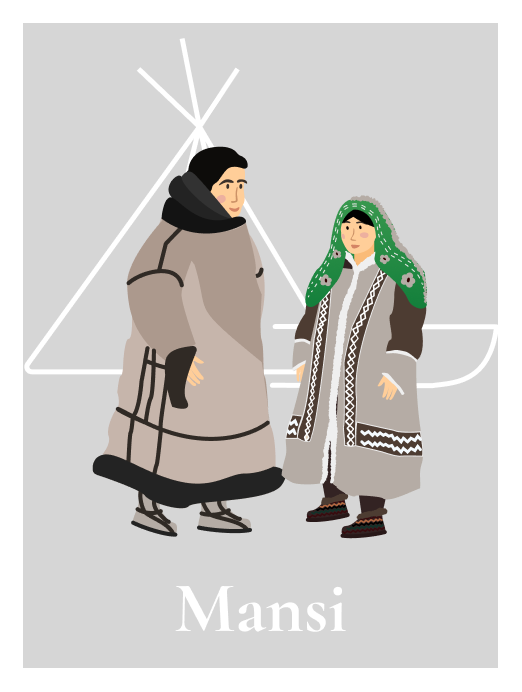
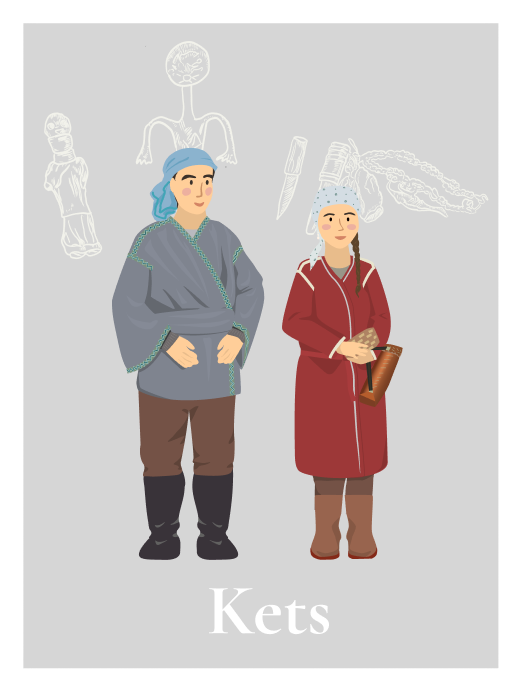
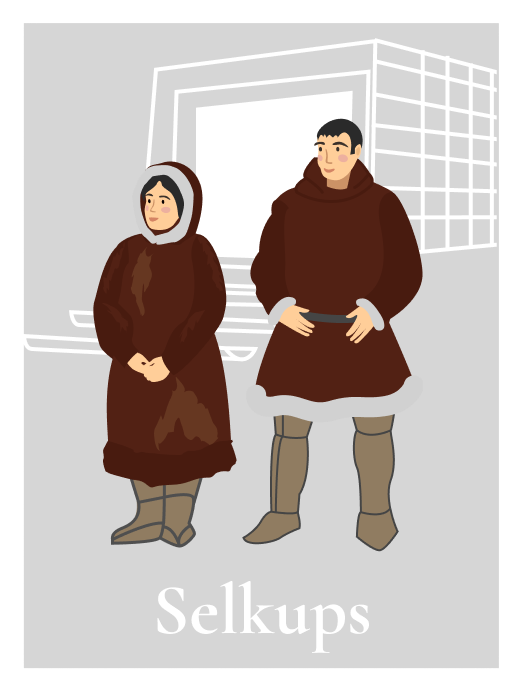
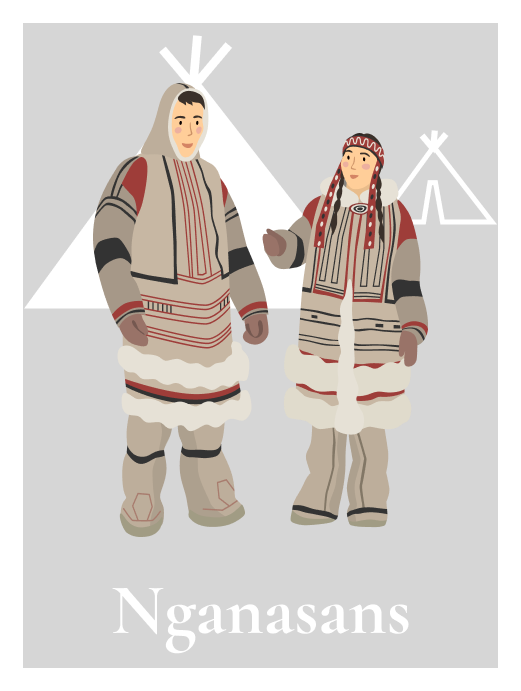
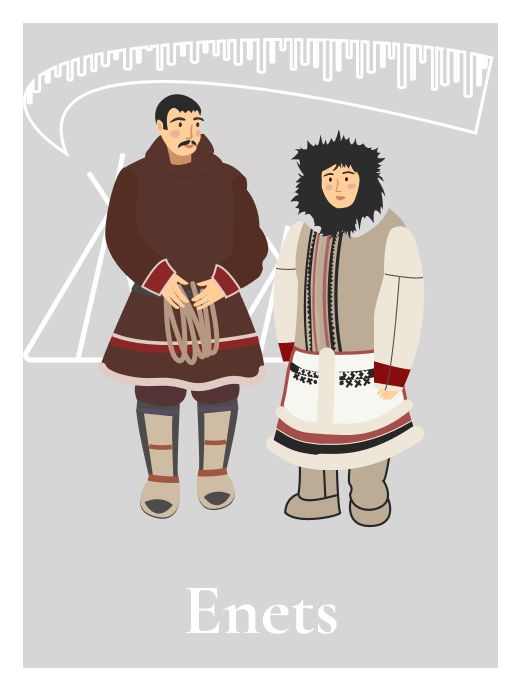
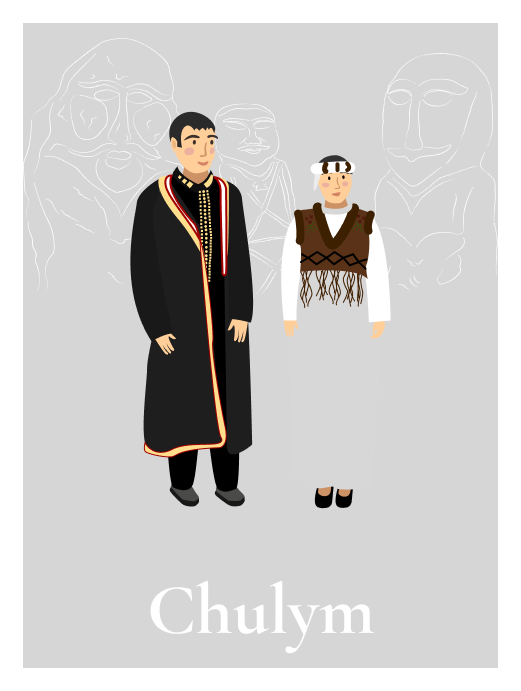
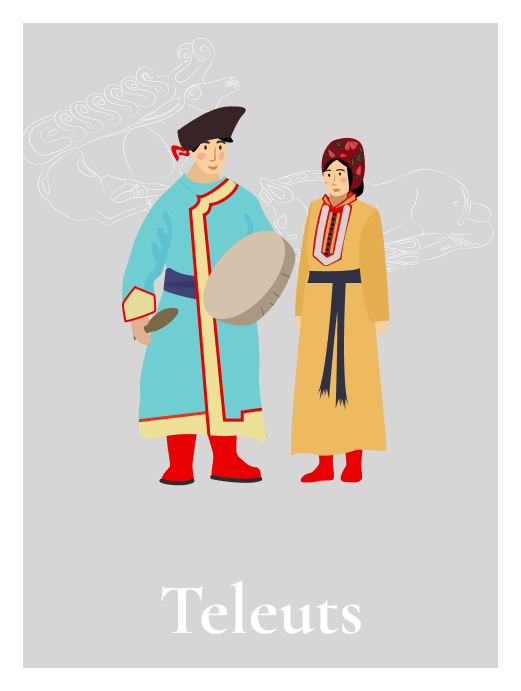
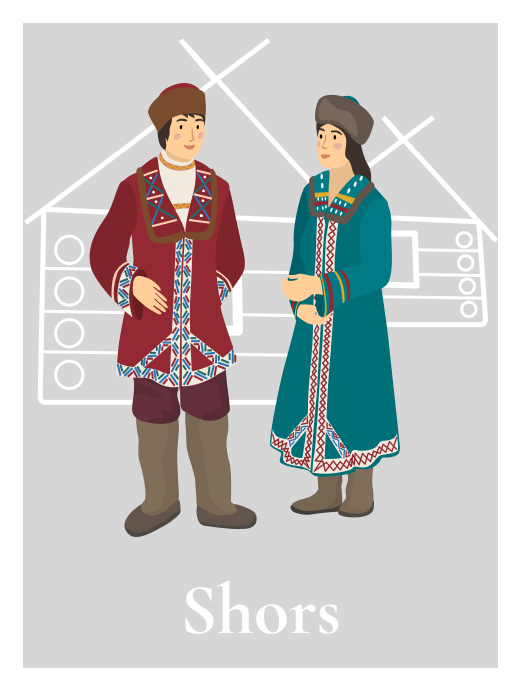
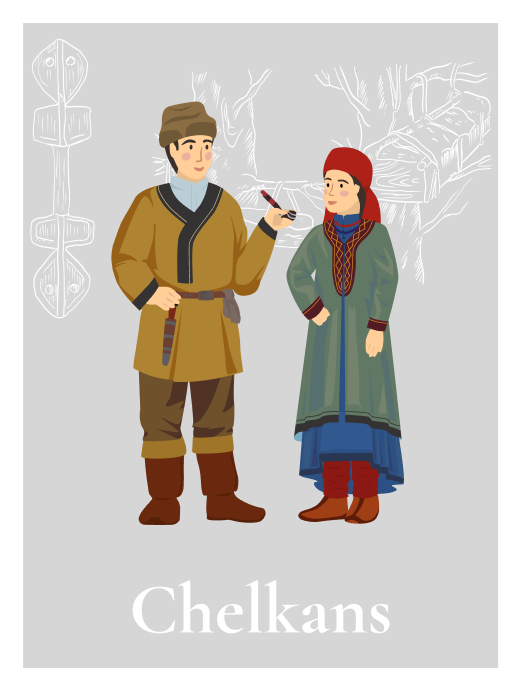
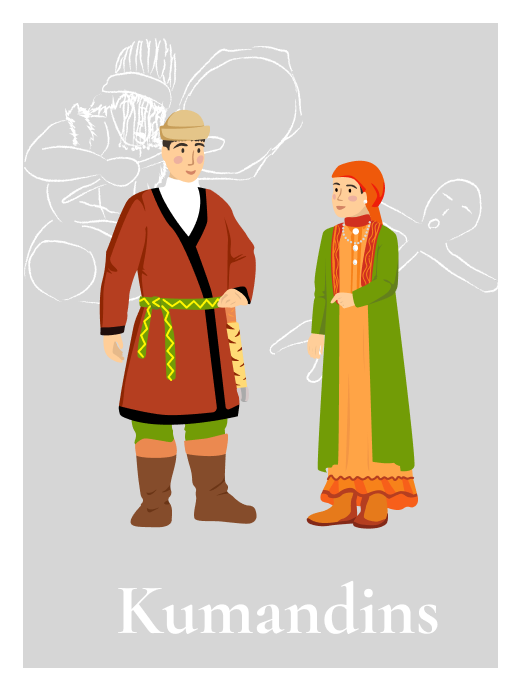

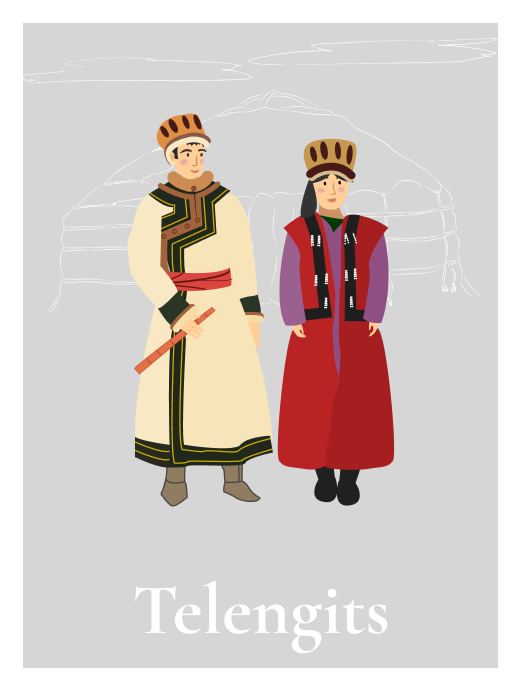
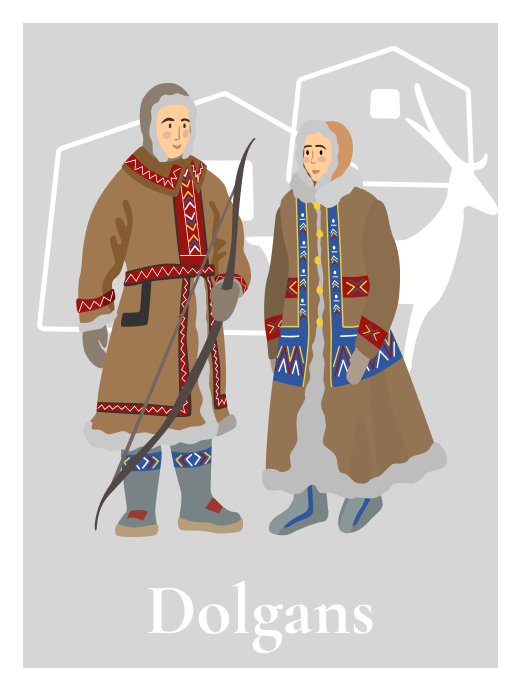

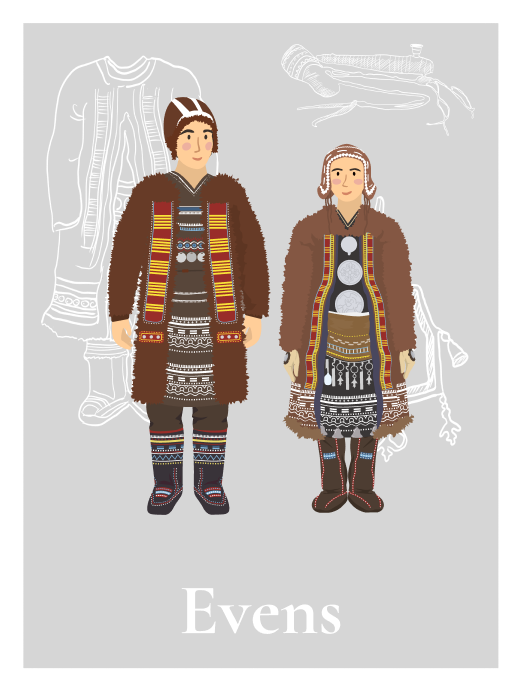
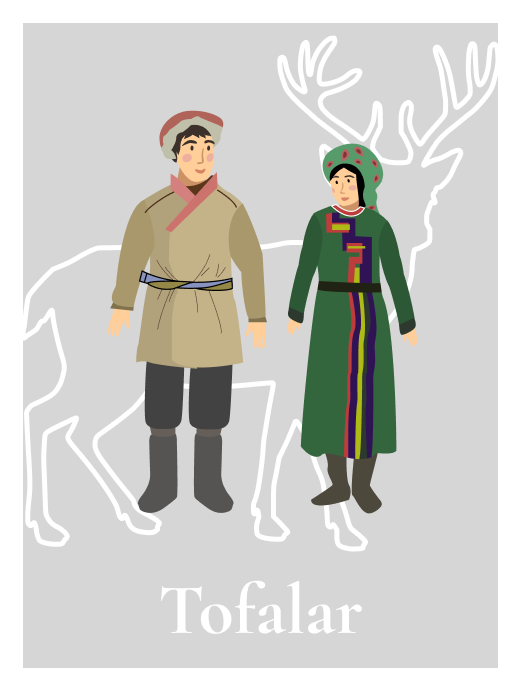
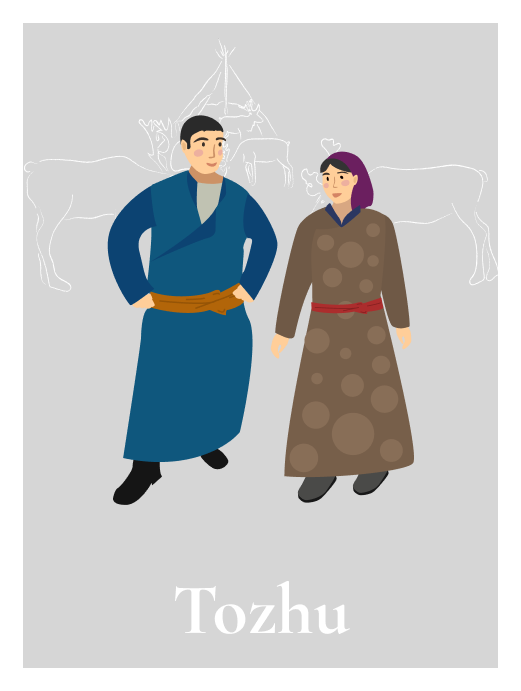

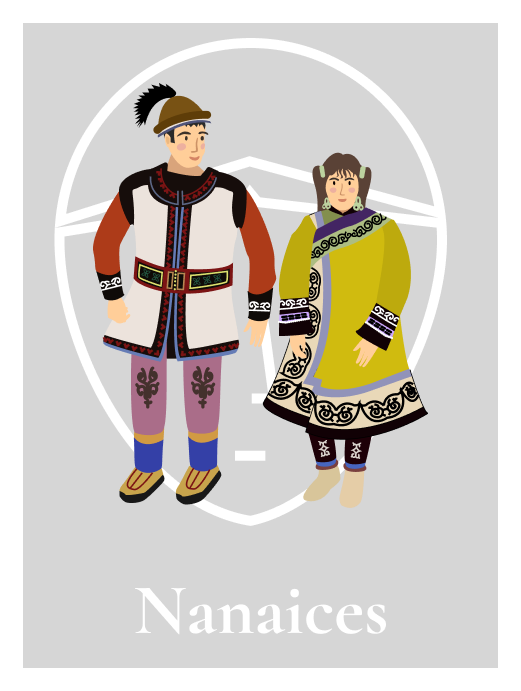
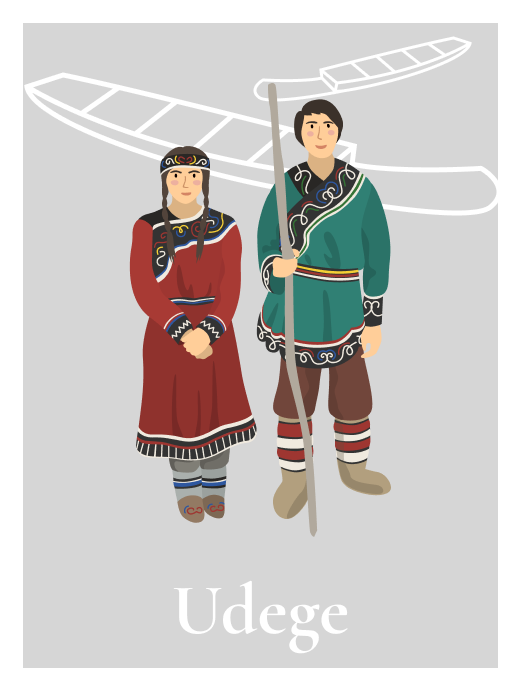
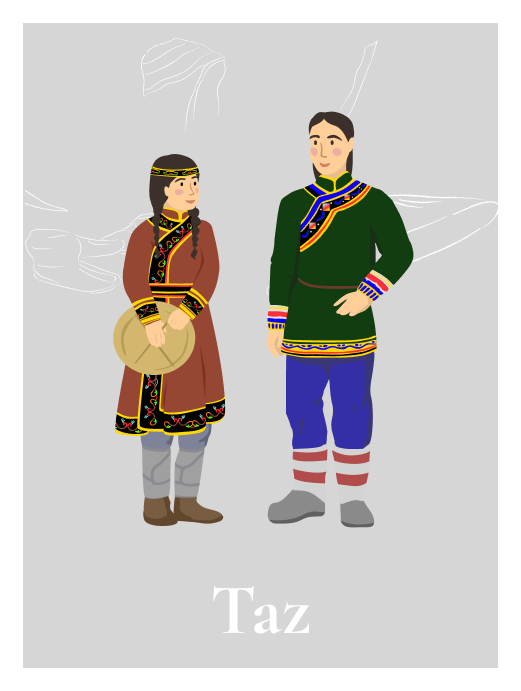


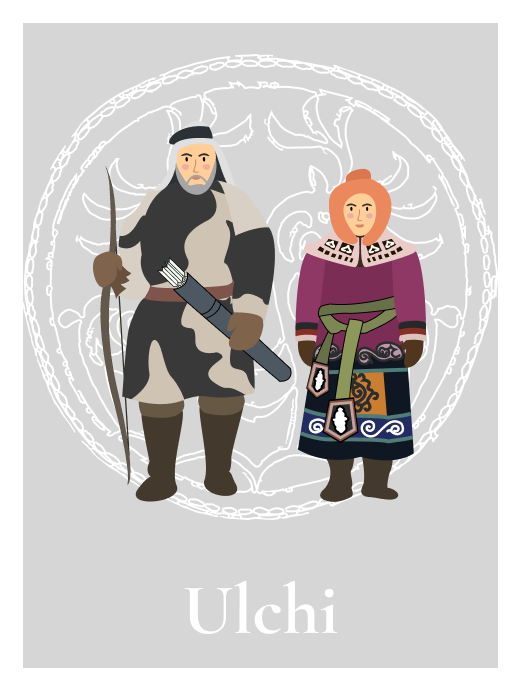

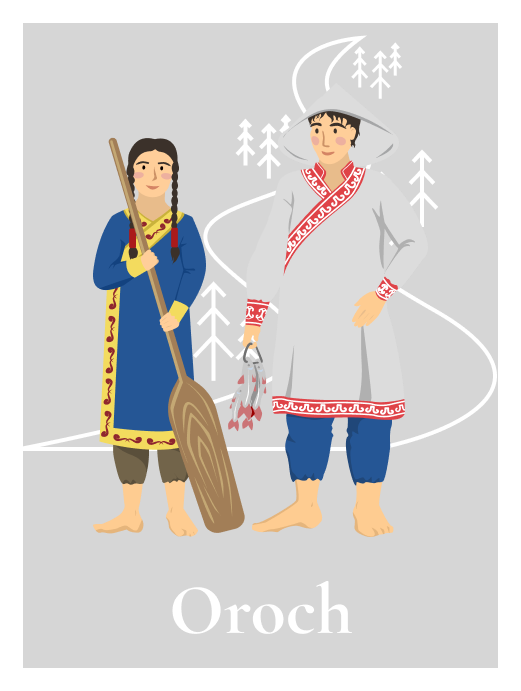
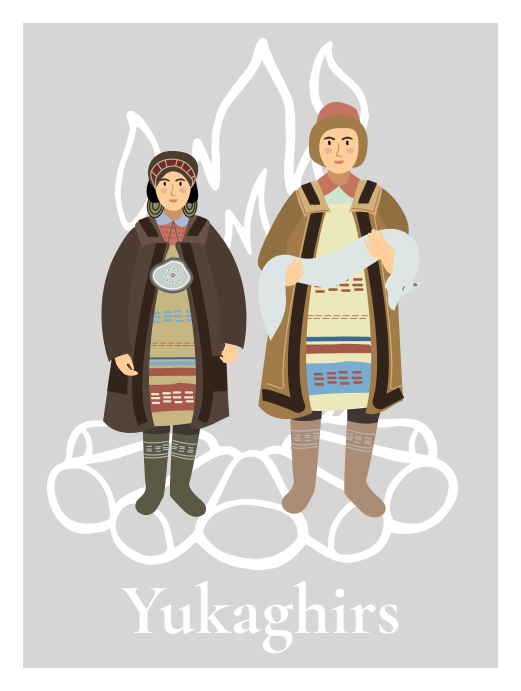
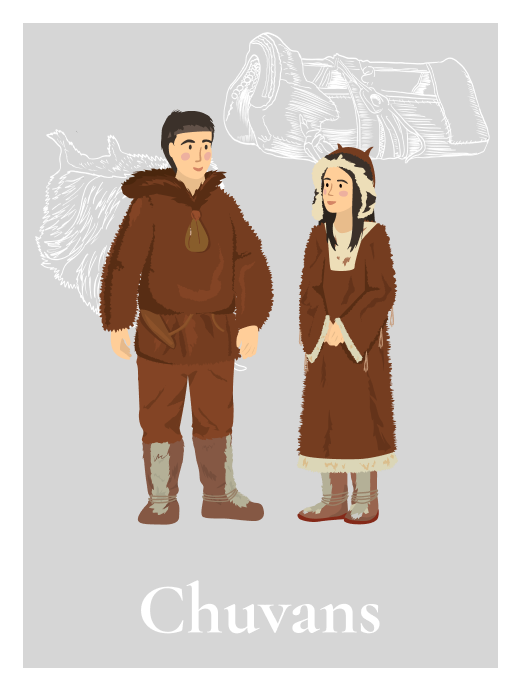

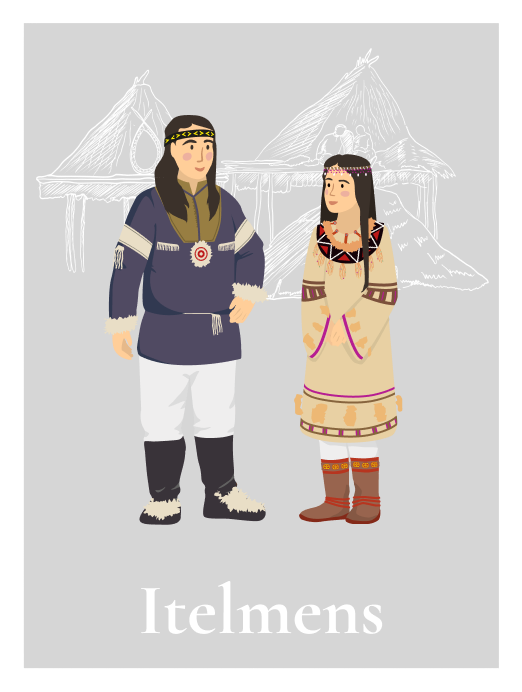
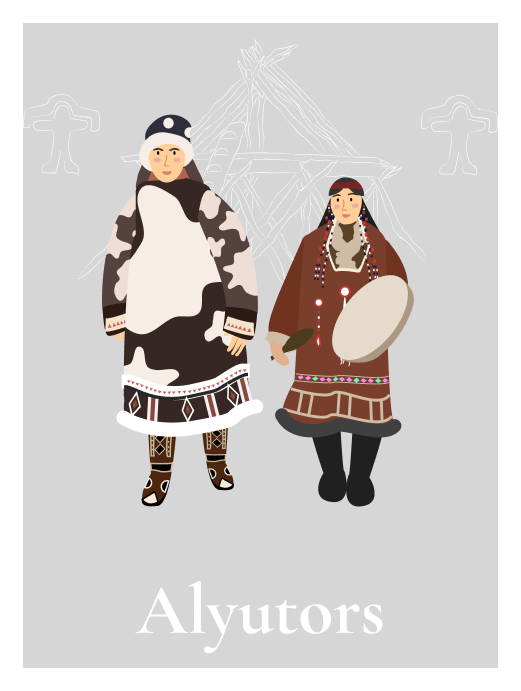
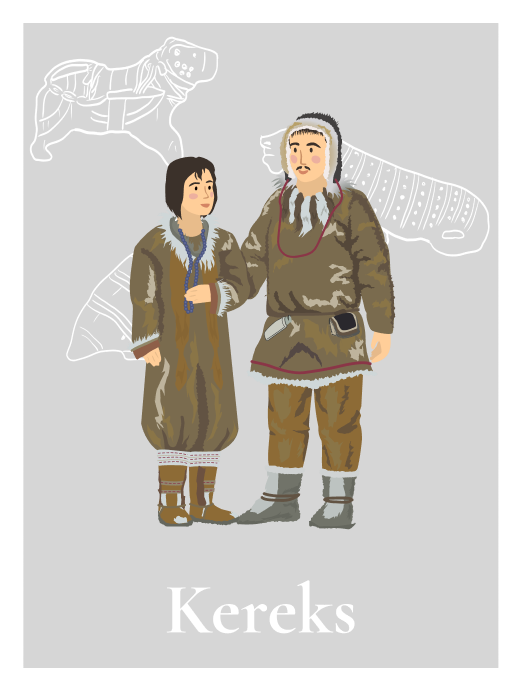


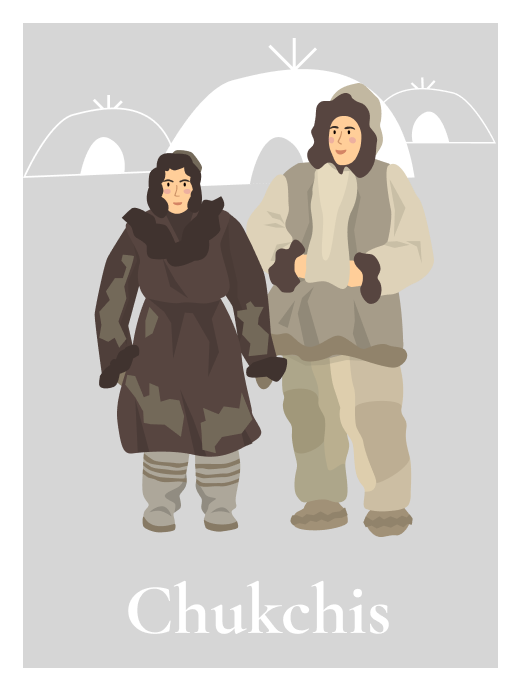
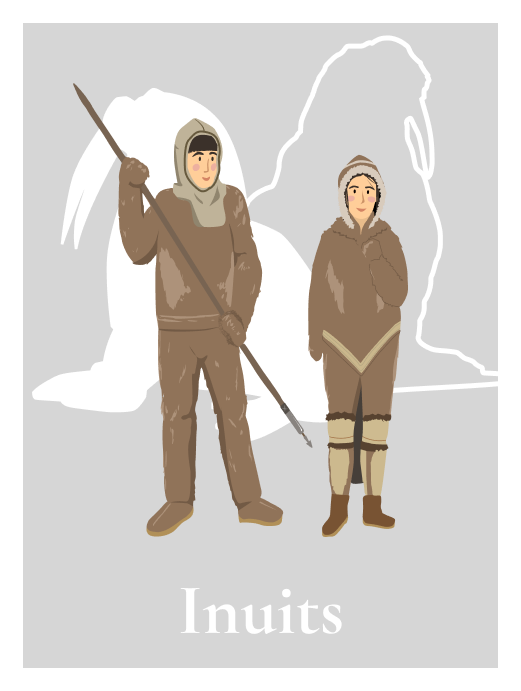
The Mansi, an indigenous trans-Urals people, inhabit the territory from the Ural Mountains and to the Ob river. Their endonym Mansi (Northern Mansi Man’shchi, Southern Mansi Men’dishchi) means “person.”
The Mansi mostly live in the Khanty-Mansi autonomous area (historically called Yugra) established on December 10, 1930. The Khanty-Mansi autonomous area is part of the Ural Federal District. The area includes 106 municipalities; the city of Khanty-Mansiysk is its administrative center. It has an area of 534.800 square km with a permanent population of 1.520.000 people. The autonomous area includes 13 municipalities (the cities of Kogalym, Langepas, Megion, Nefteyugansk, Nizhnevartovsk, Nyagan, Pokachi, Pyt-Yakh, Raduzhny, Surgut, Uray, Khanty-Mansiysk, Yugorsk); nine municipal districts (Beloyarsky Beryozovo, Kondinsky, Nefteyugansk, Nizhnevartovsk, Oktyabrskoye, Sovetsky, Surgut, Khanty-Mansiysk); 26 urban-type settlements, and 58 villages.
Mansi religious and mythological worldview sees the universe as consisting of the Sky (Torum), Earth (Syan’-Torum), and the Underworld (Yoli-ma). The lord of the Upper world, Torum-oika or Numi-Torum, is the head of the pantheon. His name means “the sky,” “the universe,” “the weather,” “the supreme deity.” Numi-Torum is believed to have ordered the world: in obedience to his will, a loon produced a lump of silt from the bottom of the ocean, it span and grew to be the size of the earth. The sky has many layers. Each of the sky’s iron layers is inhabited by spirits of the Upper world including the Old Man Moon (Etpos-oika), the Woman Sun (Khotl-ekva), the Old Man Wind, the Old Man Thunder (Syakhyl-Torum). Kul-Otyr, the brother and enemy of Torum-oika, was also involved in creating the world, namely its lower (dark) part; he rules over kulis, spirits of diseases.